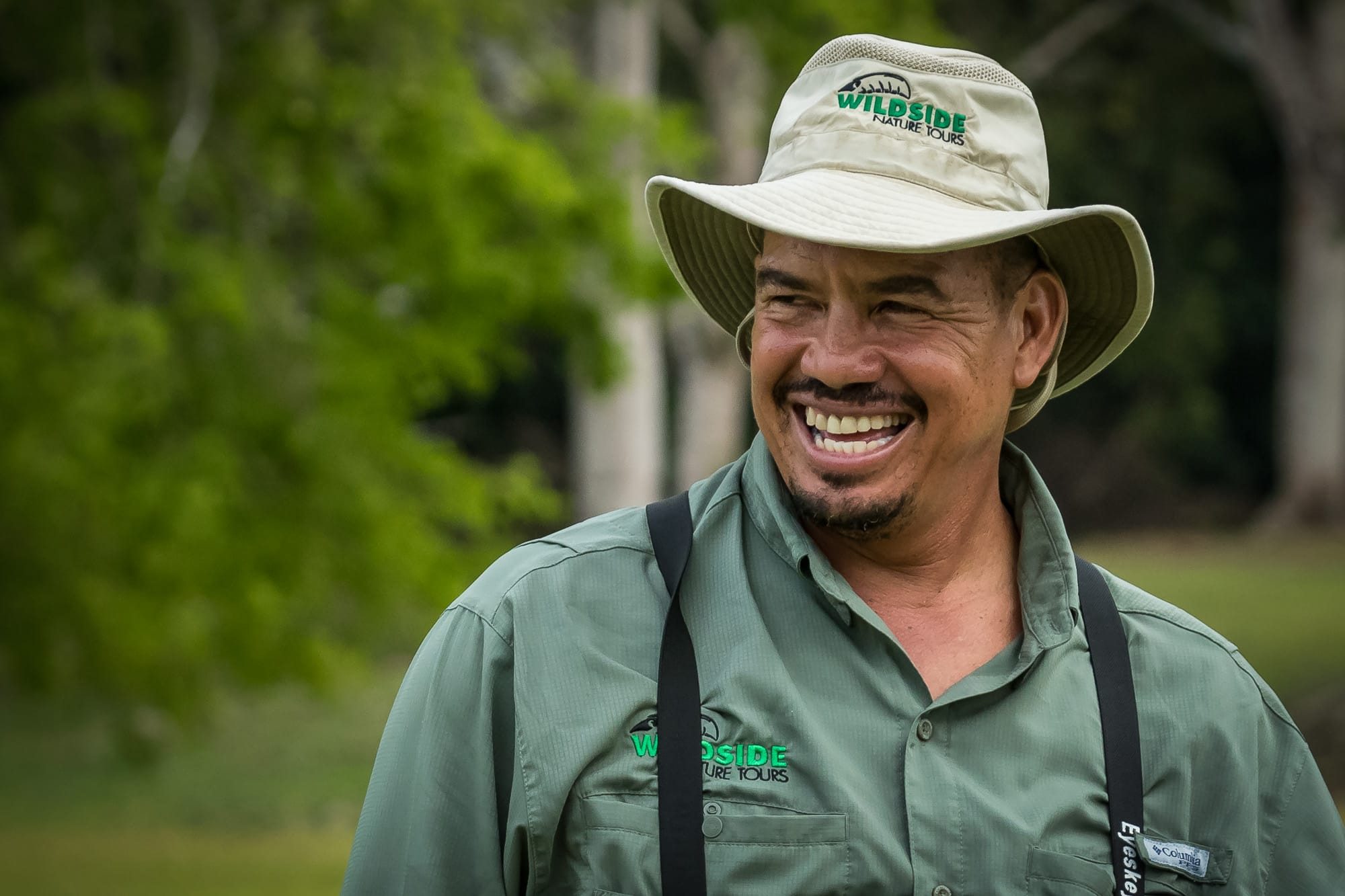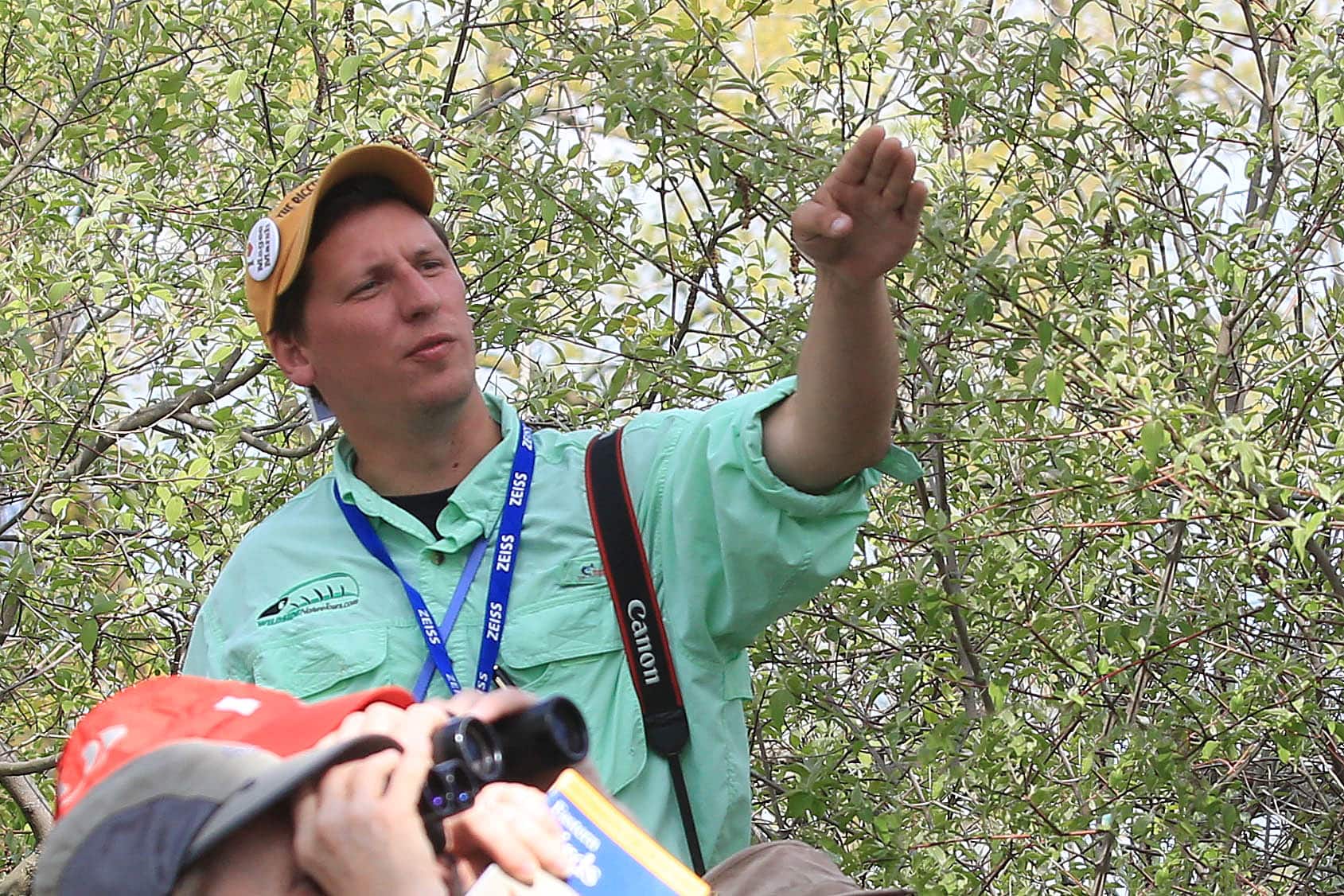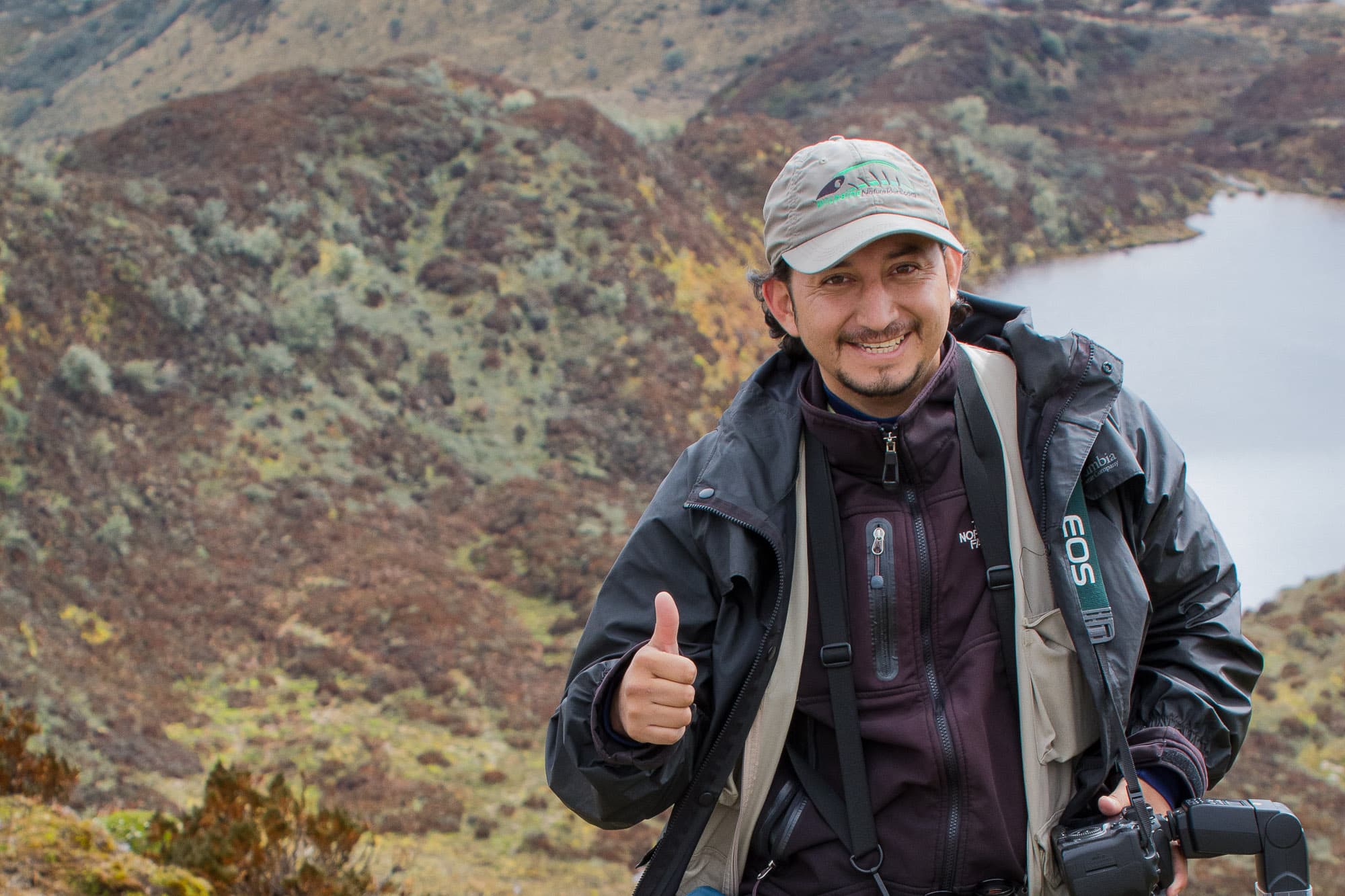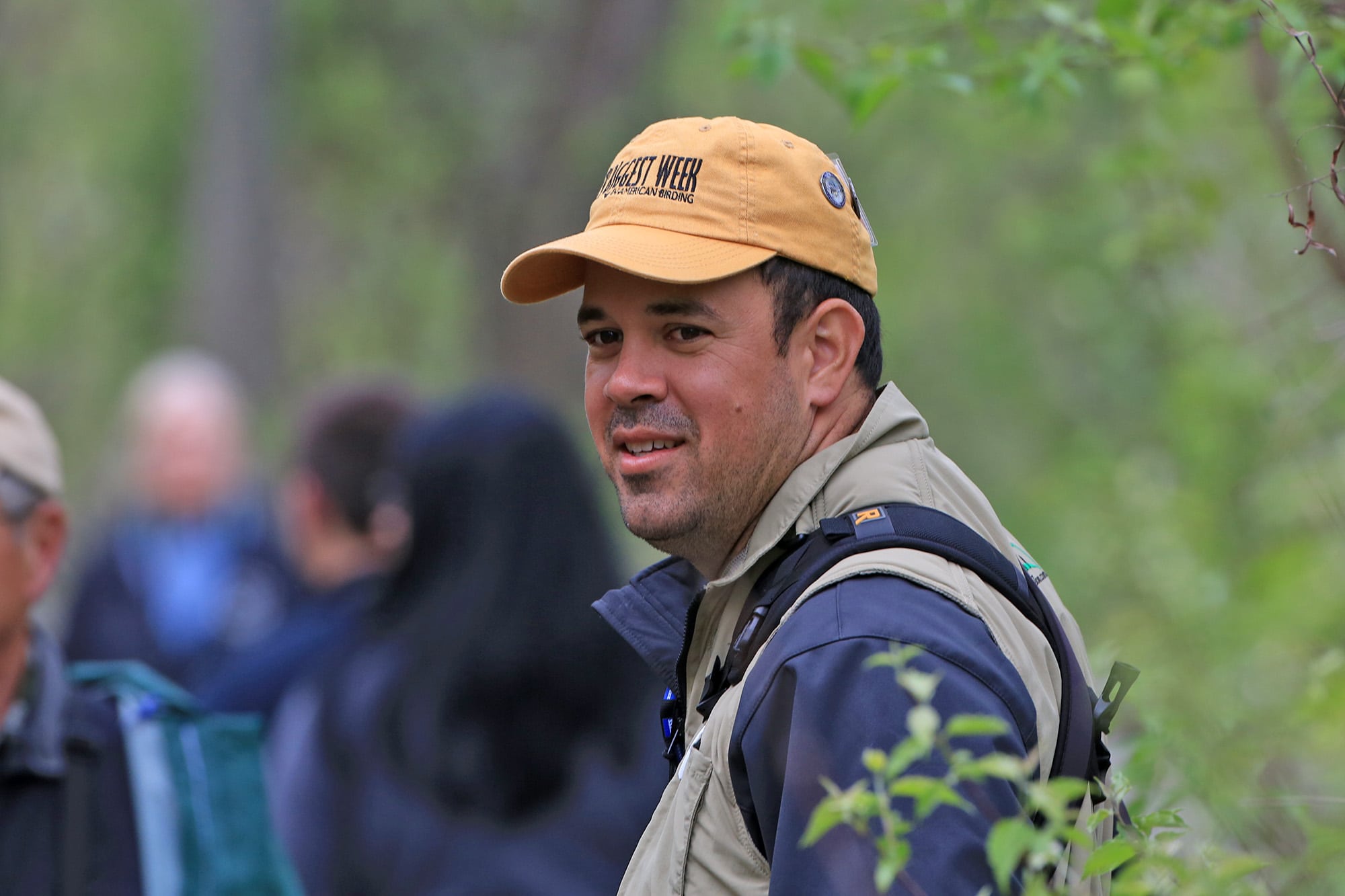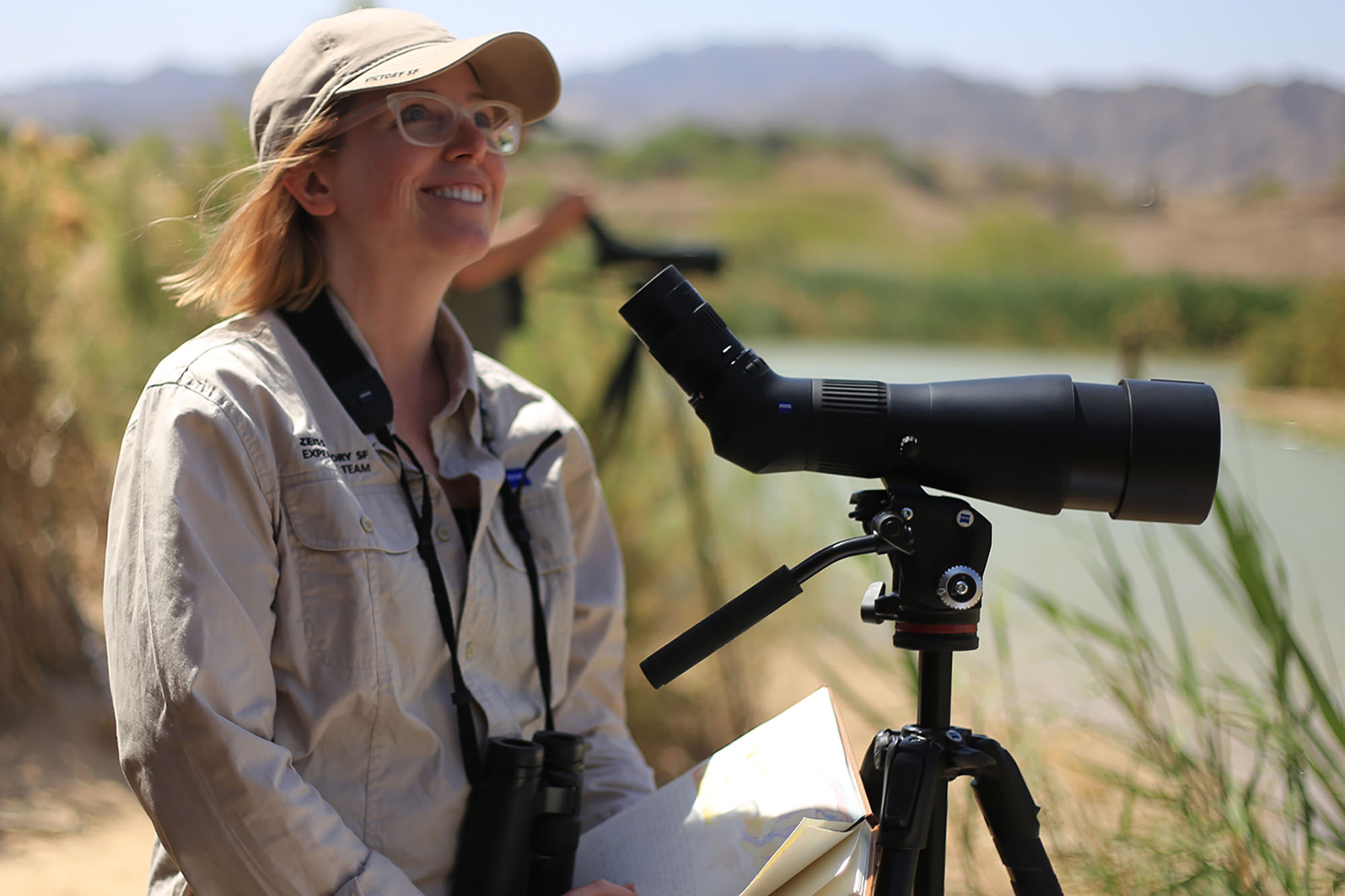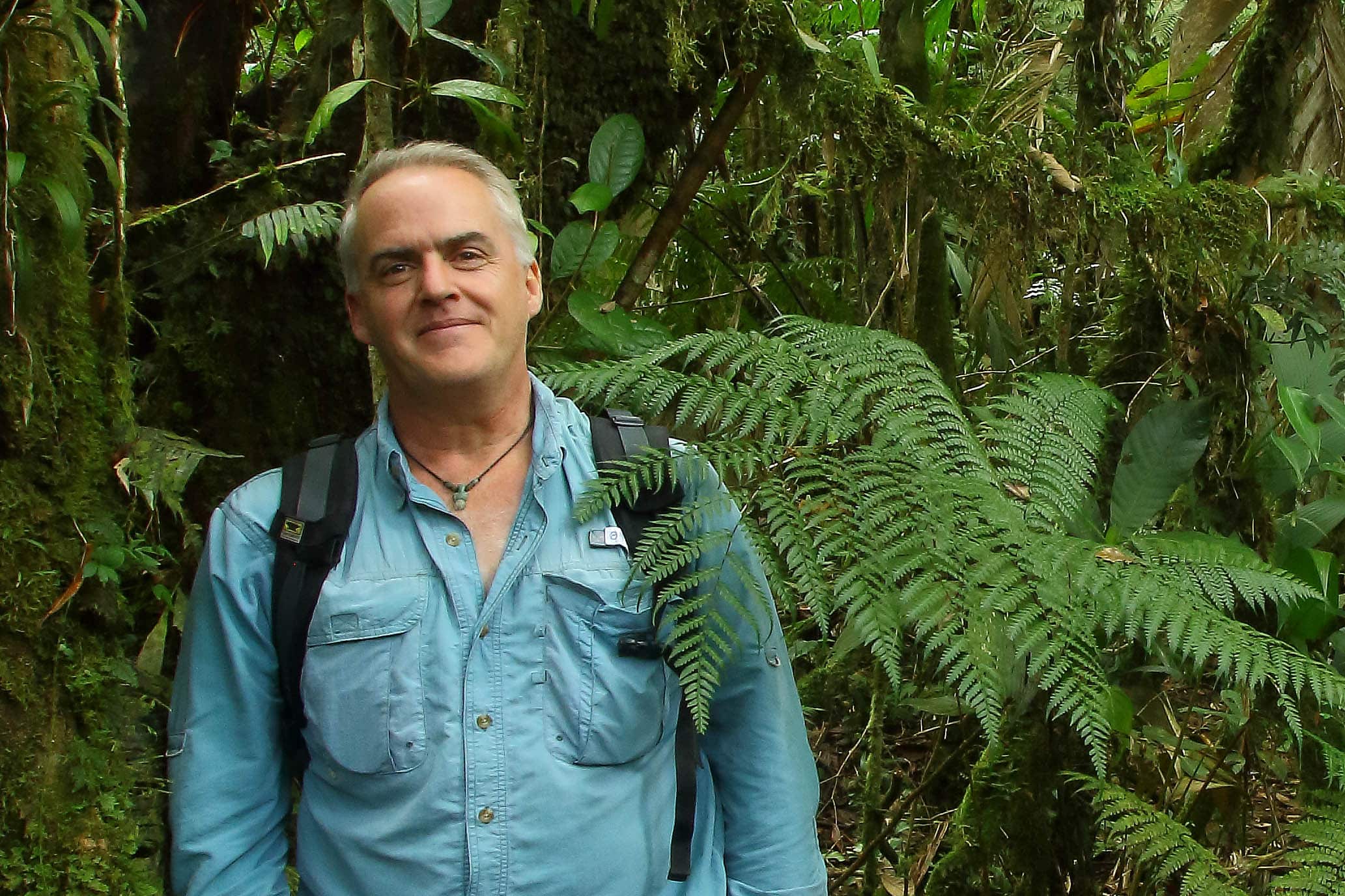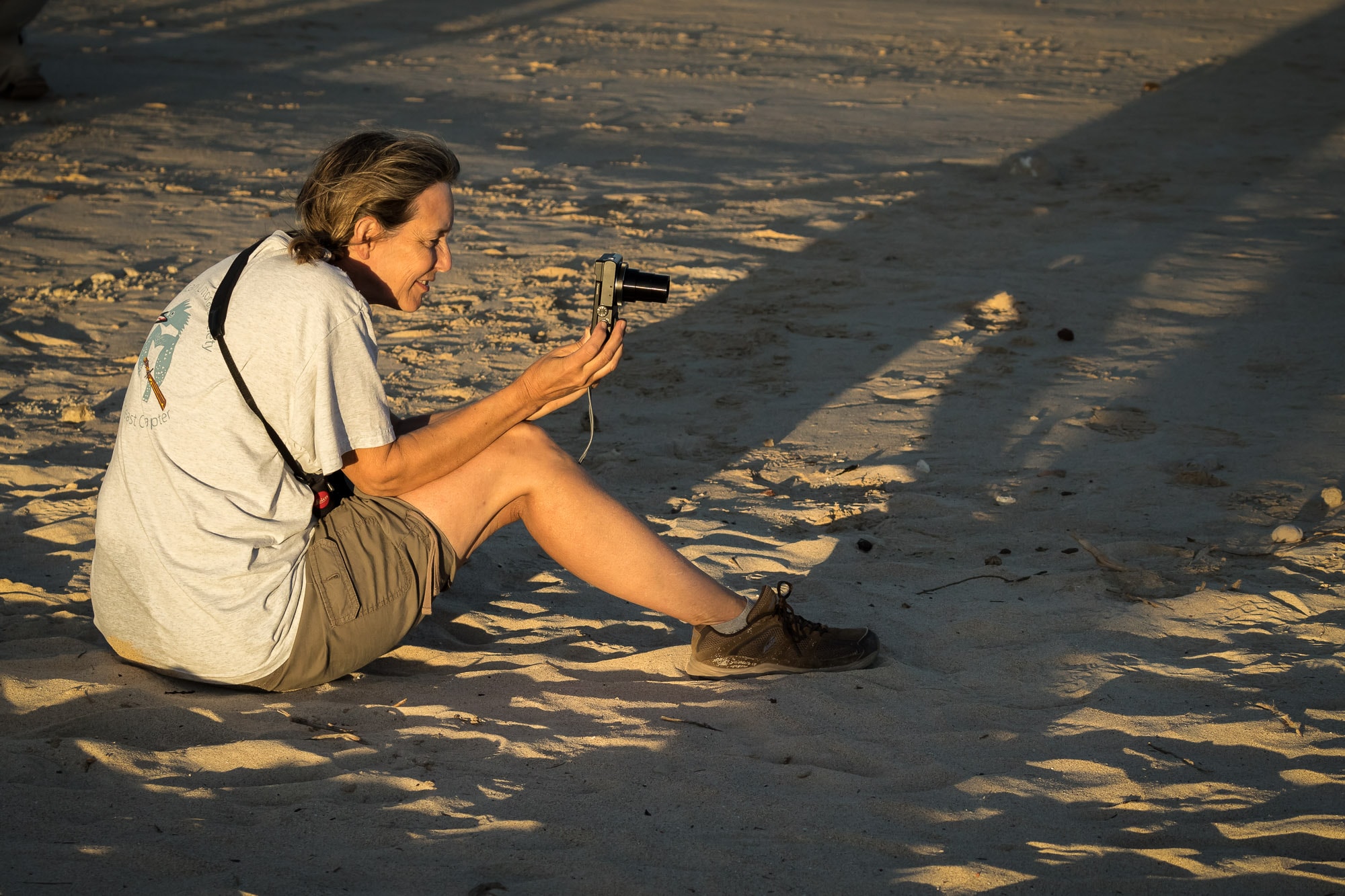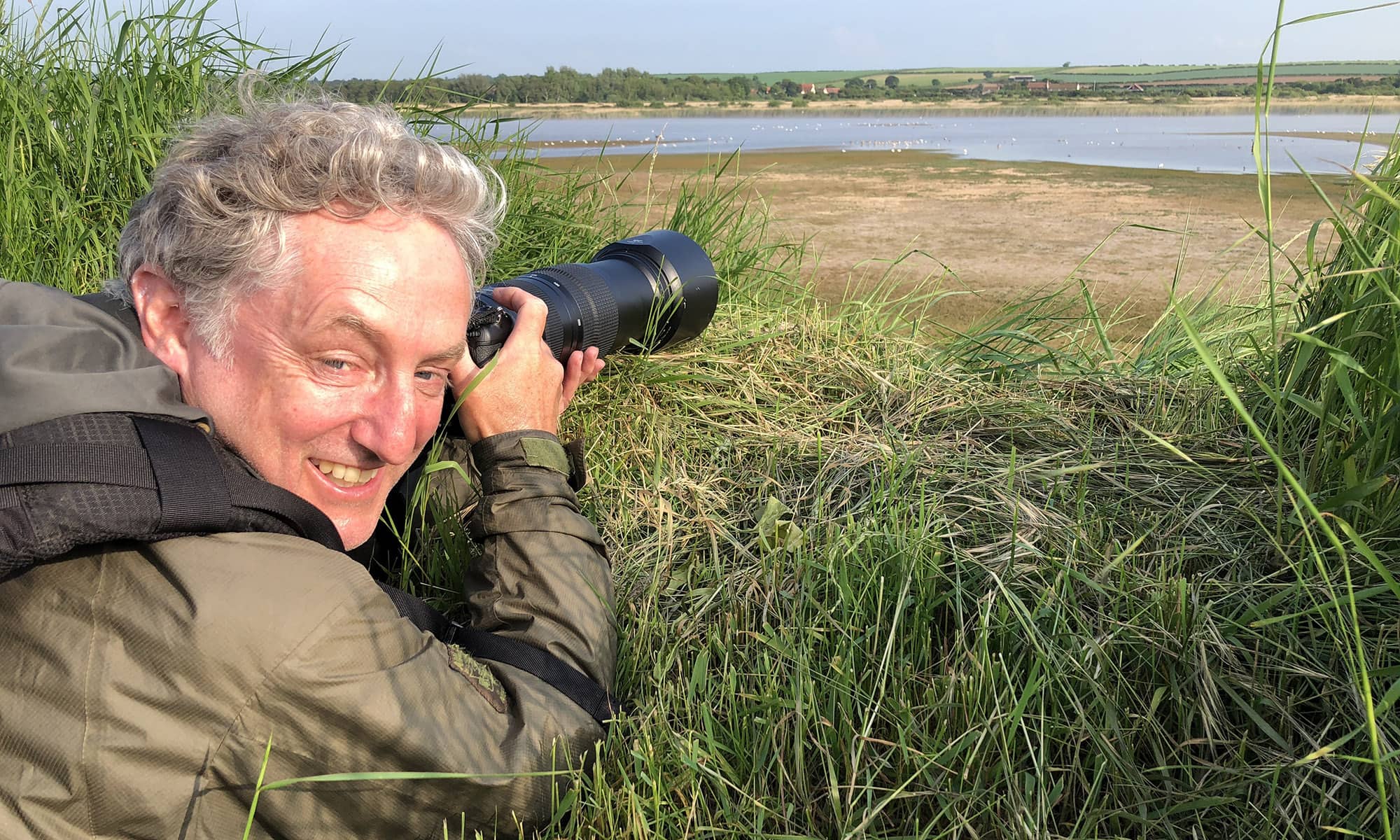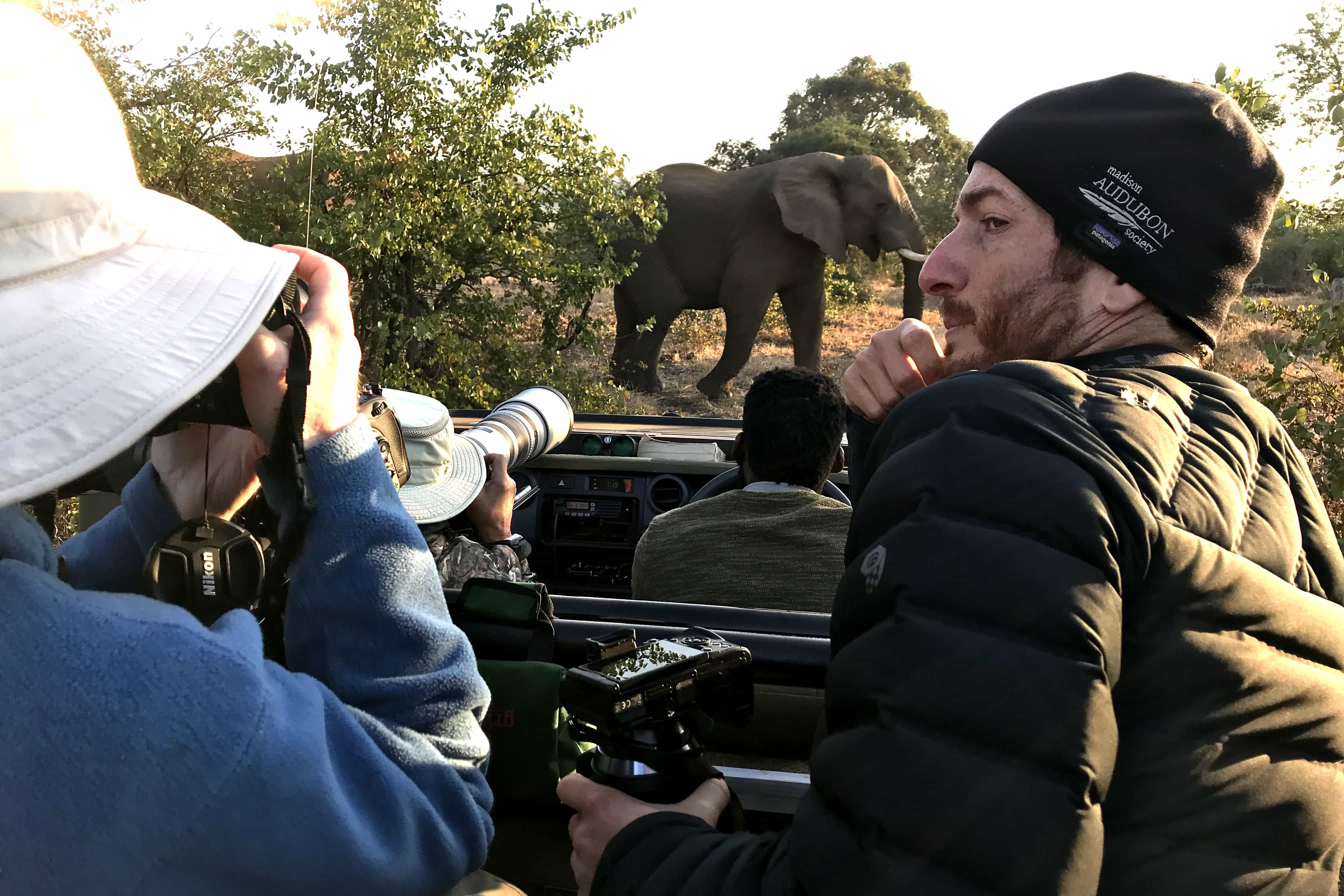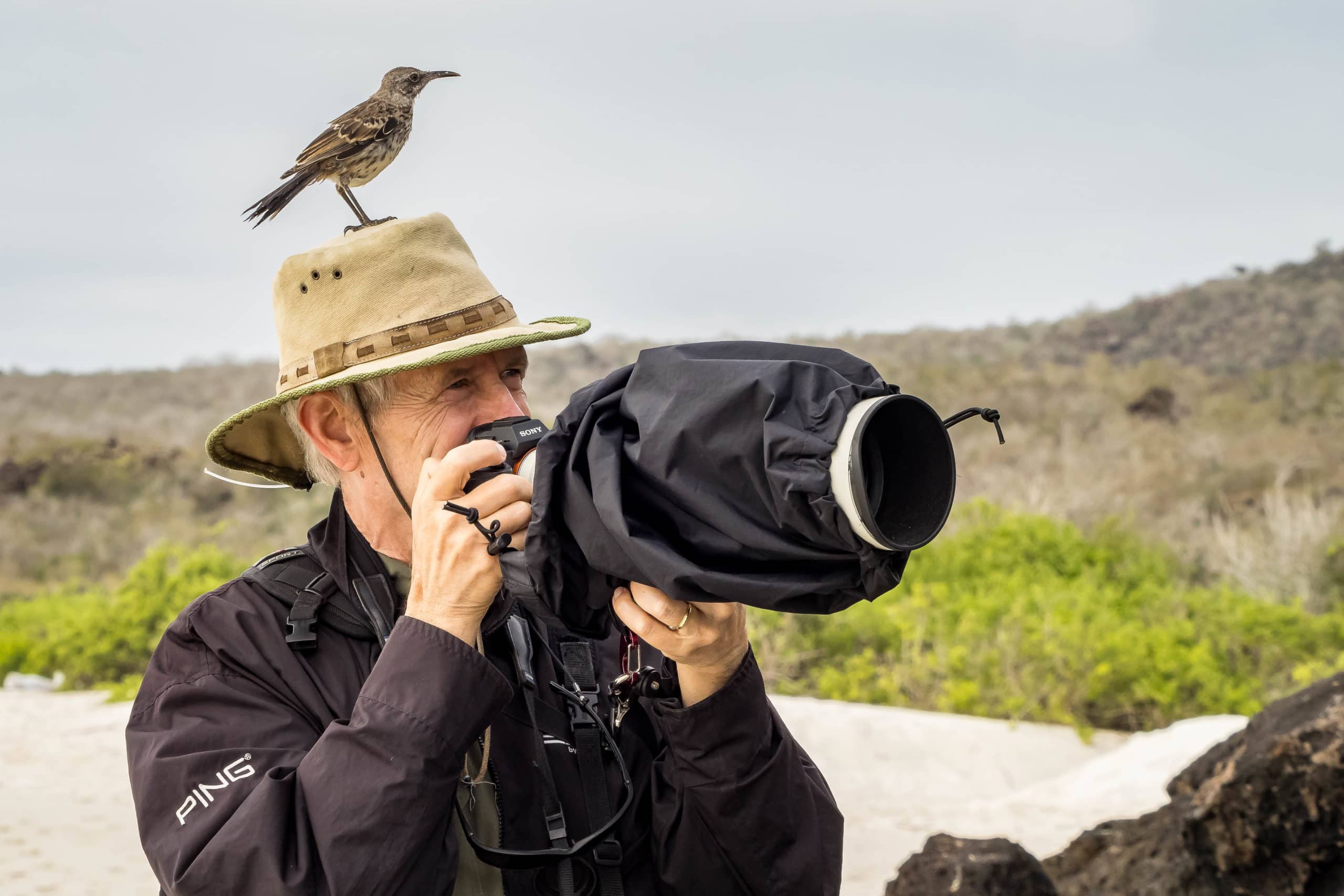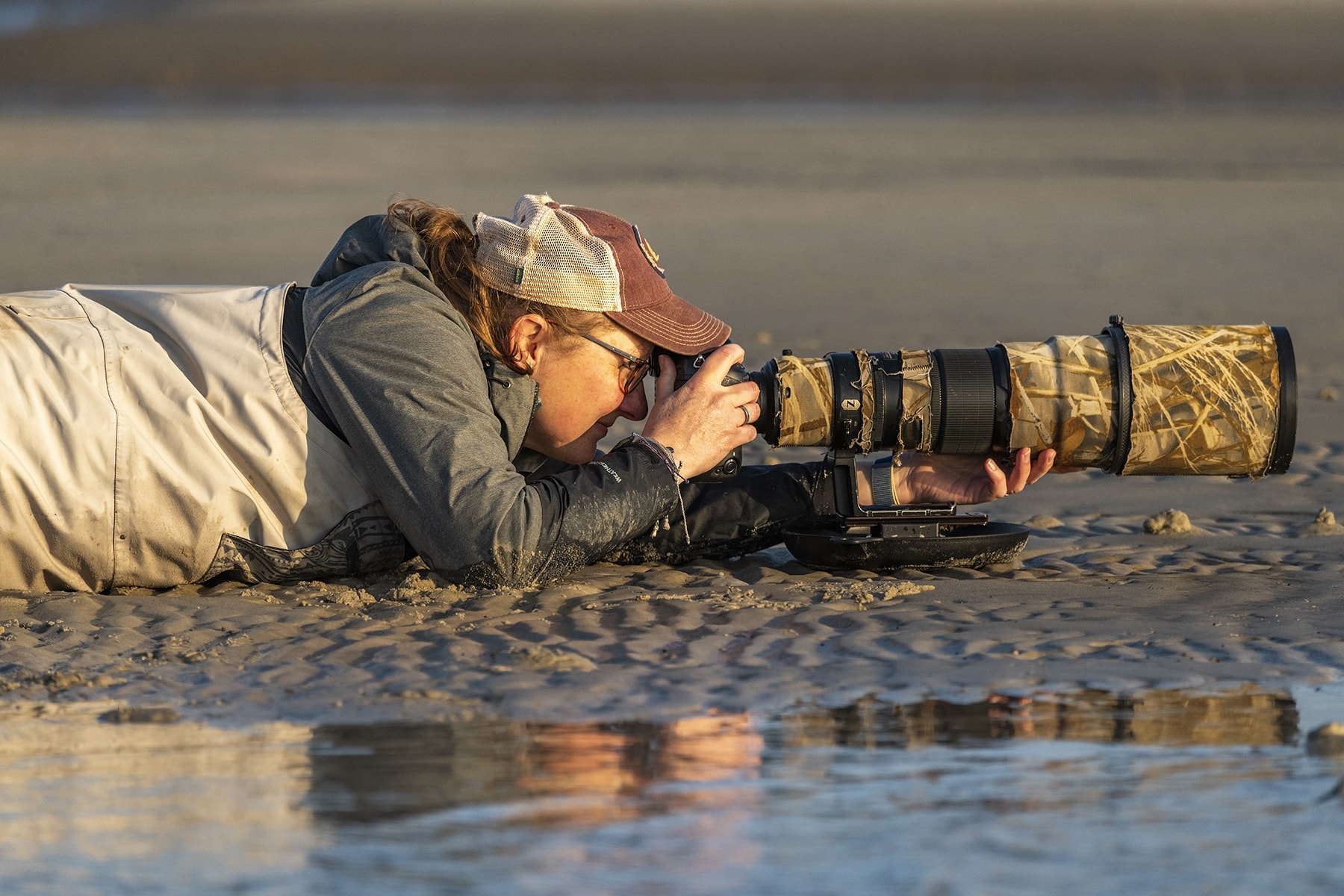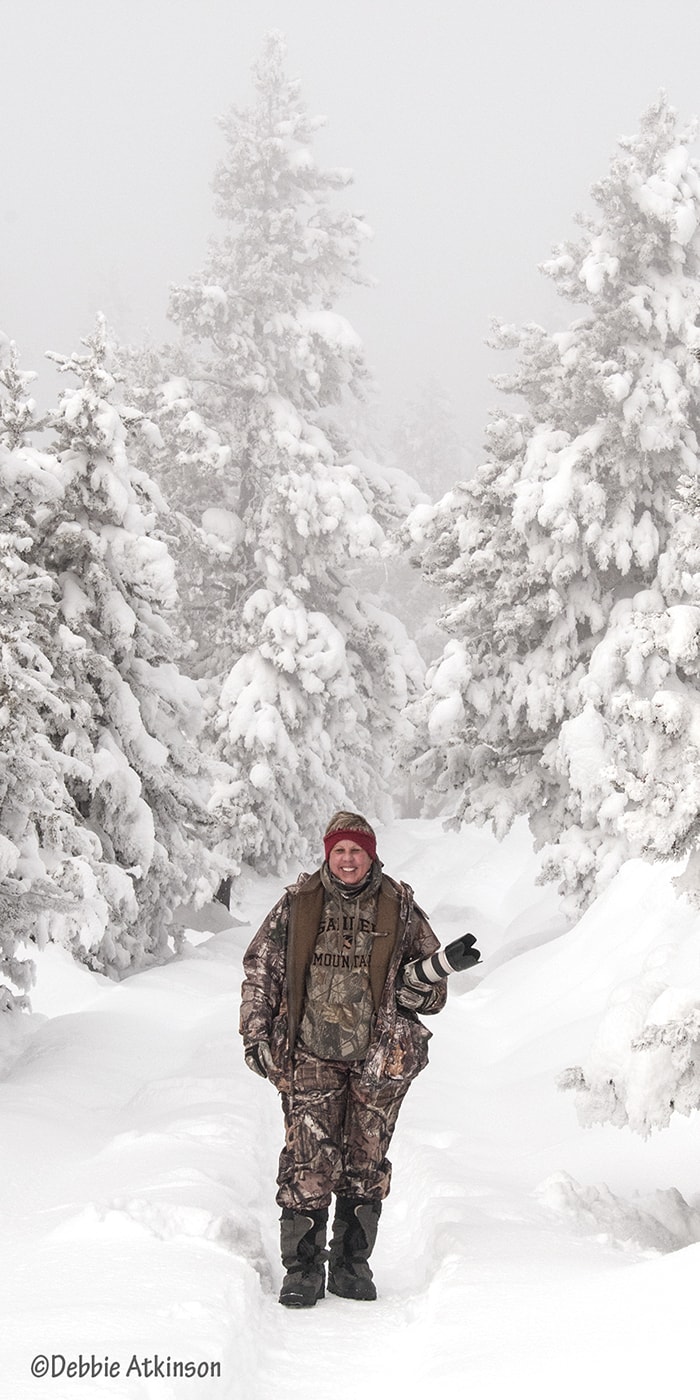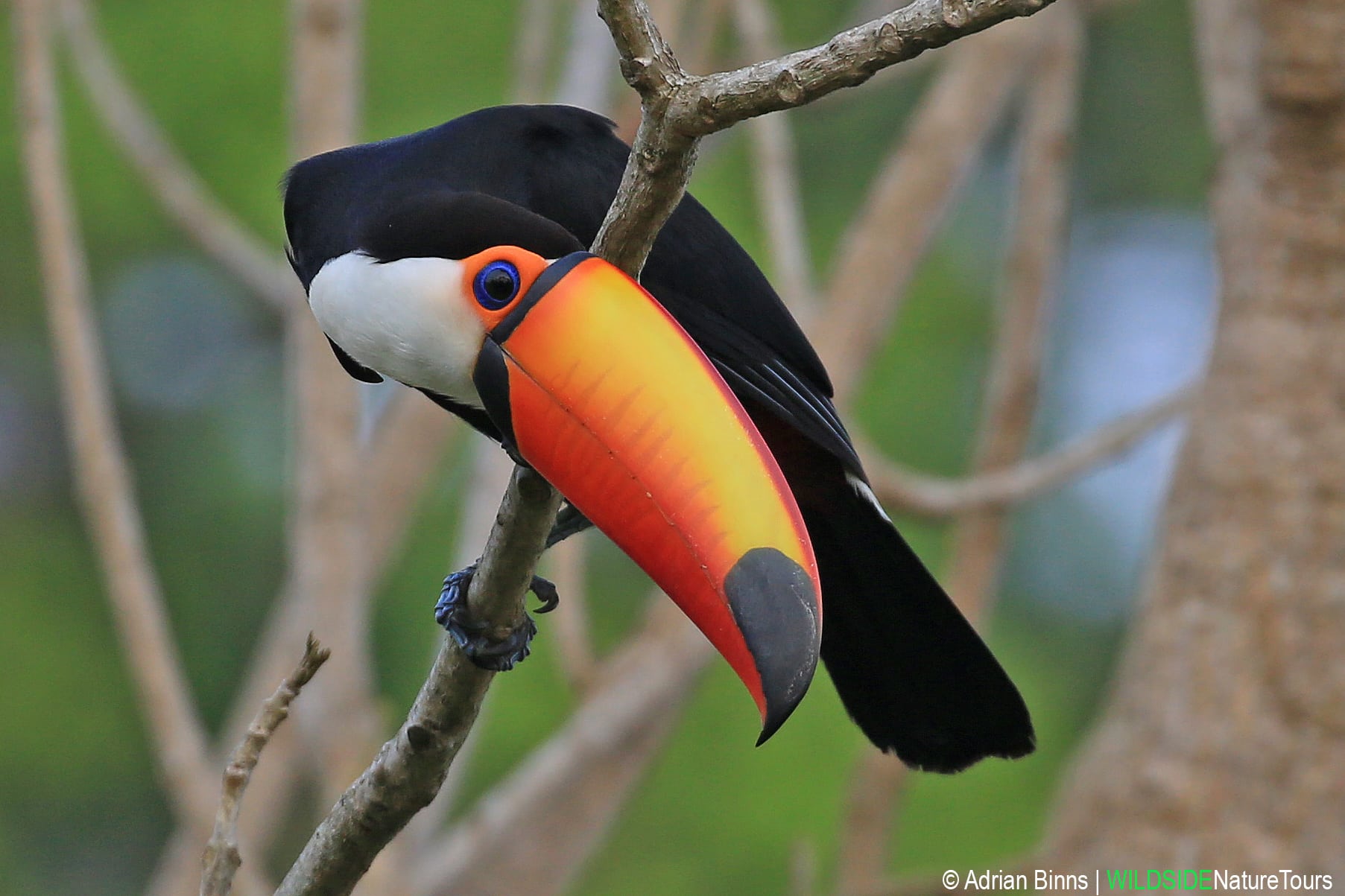
Big Bold Birds of the Pantanal
Aug 6, 2020 | by Adrian Binns
It’s August, the time of year when I would usually be in Brazil exploring the Pantanal – the largest freshwater wetlands in the world. The Covid pandemic has thwarted travels, but not dreams or memories of some of the wonders of this outstanding destination. I’ll share highlights of some big, bold birds of the Pantanal.
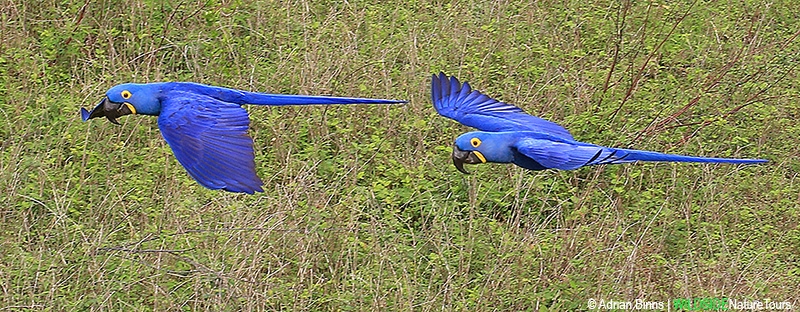
Hyacinth Macaw (Anodorhynchus hyacinthinus)
At over 3 feet in length, the stunning cobalt blue Hyacinth Macaw is the region’s most sought-after bird. Fewer than 5,000 remain in the wild, and three-quarters of the population thrives in the Pantanal. This gregarious, endangered species, the world’s largest macaw, sports a powerful bill that functions like a nutcracker, breaking open palm nuts, their staple diet, when other creatures cannot. The bright yellow eye-ring and base of bill is bare skin, providing flashy accent to this beautiful bird. Often a pair or two nest around the pousadas at which we lodge and bird the grounds.
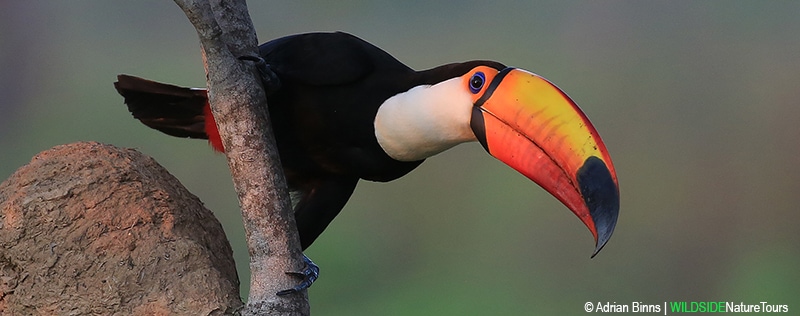
Toco Toucan (Ramphastos toco)
Another iconic bird of the Pantanal is the Toco Toucan with an oversized, colorful bill and bold blue eye-ring of bare skin. It’s bill is a lightweight honeycomb of keratin, and is the largest of any bird, in proportion to its body size; it is thought to help regulate body temperature. Such a broad, lightweight bill aids in reaching fruit, its main diet, from branches that would not normally support the weight of the bird. Toco Toucans are often seen in small flocks, hopping along the branches of canopy trees; they will readily come to feeders. The dry open woodlands and savanna of the Pantanal make it one of the best places to see this largest of all toucans.
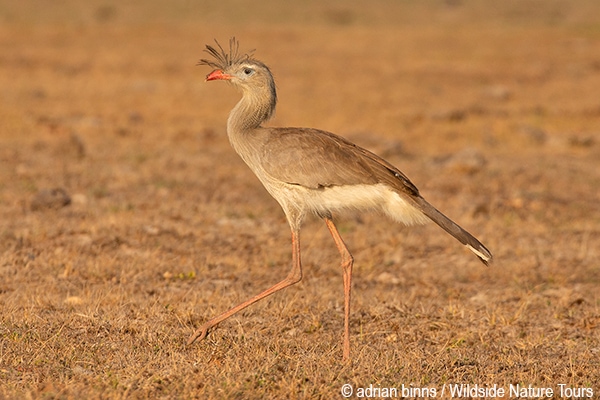
Red-legged Seriema (Cariama cristata)
In the drier northern section of the Pantanal, the loud call of Red-legged Seriema echoes through the savanna. Their voice may travel more than a mile, as they stand on a termite mound and call at dawn. They are also known as Crested Seriema due to the large crest of feathers on their head above and around their bill. Standing three feet tall, this unique species of central South America is thought to be a relative of the crane, but are probably more closely related to cuckoos, falcons, or parrots. Like the Secretary Bird of Africa, the seriema’s legs are long and strong, allowing them to cover long distances of short grassland on foot.
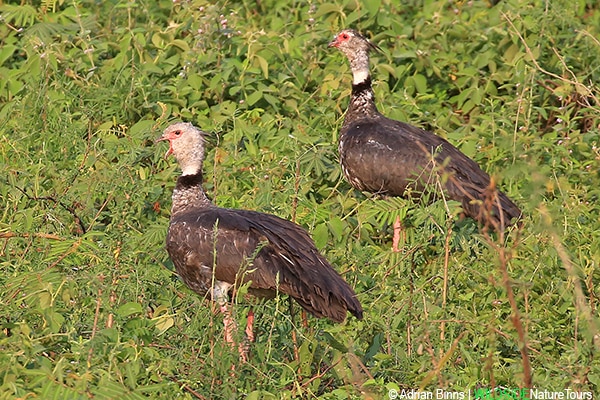
Southern Screamer (Chauna torquata)
The Southern Screamer, endemic to South America, is commonly seen in pairs within the wetlands and marshes of the Pantanal. Their loud trumpet-sounding calls carry for two miles (hence their name), and they act as ‘guard birds’ of their habitat, warning of danger. They are armed with sharp carpal spurs on each wing that are used to ward off rivals, protect their flightless chicks, as well as defend their territory. Built with a bulky body and relatively small neck and head, they graze on aquatic vegetation like a goose, to whom they are closely related.
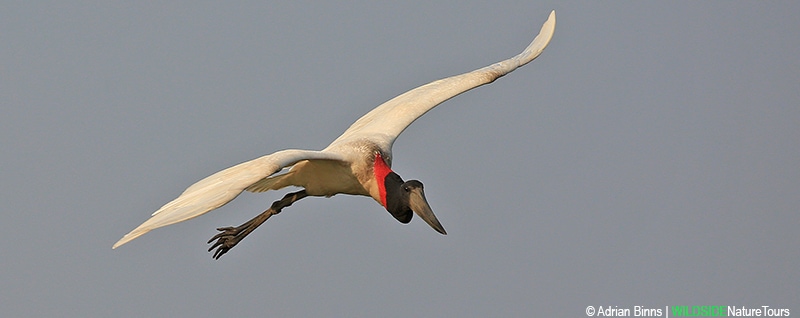
Jabiru (Jabiru mycteria)
A common sight in the wetlands along the Pantanal’s transpantaneira is the Jabiru, the largest member of the stork family. It is the tallest flying bird in the Americas, at nearly 5 foot tall – a giant of the skies. The species is unmistakable with large, upturned, all-black bill, featherless black head and neck, and red pouch that hangs around the lower neck, contrasting with a white body. When excited or stressed it inflates its red pouch; jabiru means ‘swollen neck’ in the indigenous Tupi language. Jabirus build huge stick nests usually near the top of tall isolated trees.
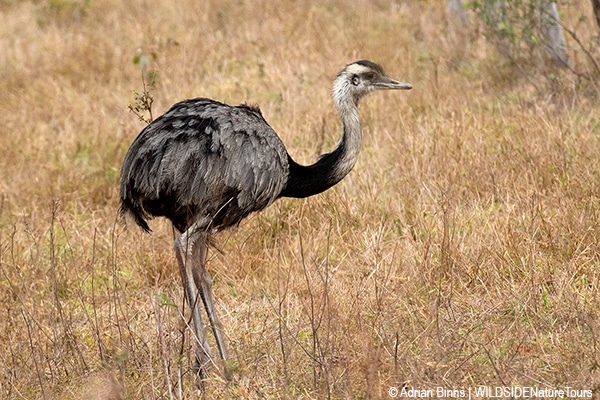
Greater Rhea (Rhea americana)
At 5 feet tall and weighing 70 pounds, the flightless Greater Rhea is the largest and heaviest of all South American birds. Rheas roam the dry savanna and open woodlands in family groups. Males are responsible for incubating eggs, deposited by several females in a scrape on the ground. He incubates for five to six weeks, and raises the brood himself which can include 30 chicks.
All of these bold birds can be seen on our Brazil: Pantanal Wildlife Safari. The Jabiru may also be seen on our Belize trips at Crooked Tree.



